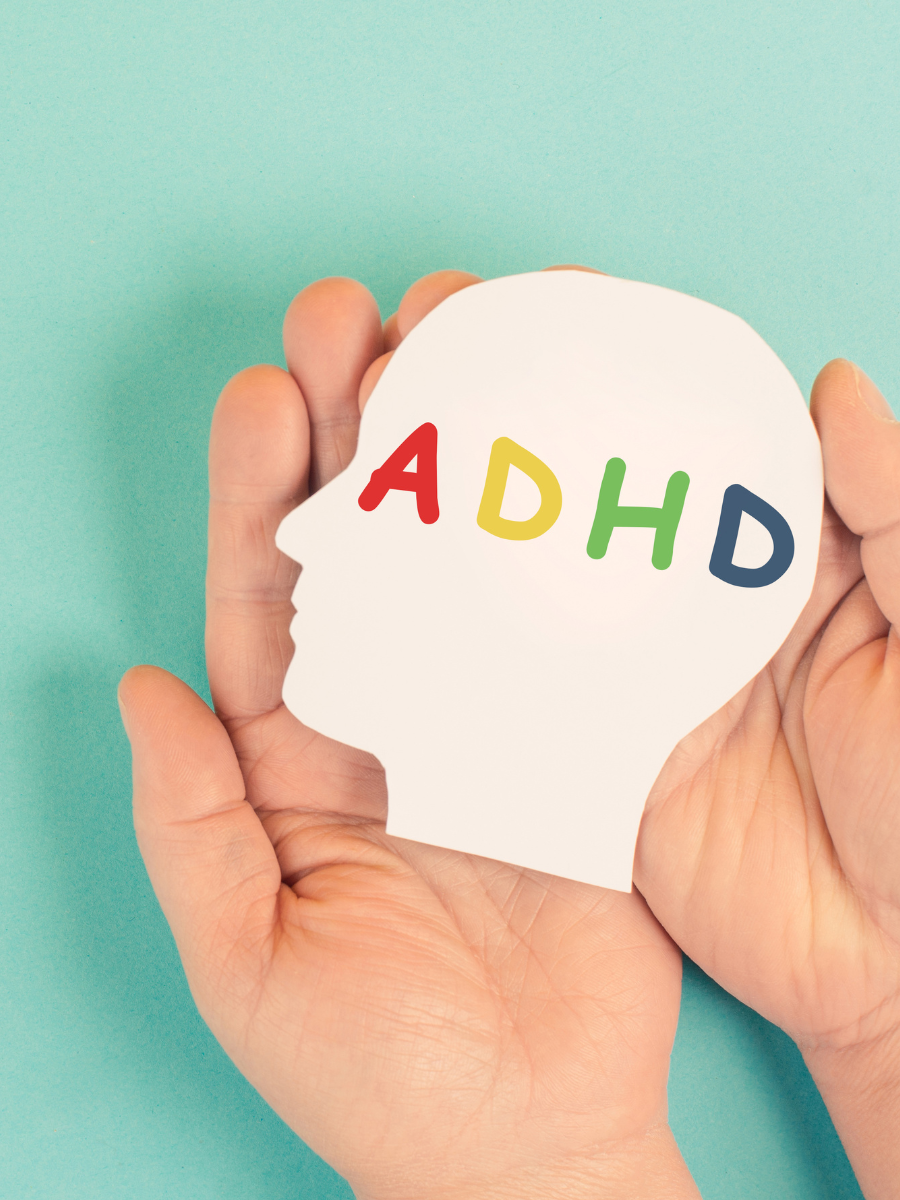How Does ADHD Present in Children and Teens?

Attention-deficit hyperactivity disorder (ADHD) is the most diagnosed neurodevelopmental disorder in children. Neurodevelopmental disorders are a group of conditions involving the growth and development of the brain. In 2016, it was estimated that 9.4% of all U.S. children 2-17 years of age had ever received an ADHD diagnosis and 8.4% of them currently had ADHD (Danielson, et al, 2016).
What is ADHD?
Individuals with ADHD are currently popularly referred to as neurodivergent. Neurodiversity is a new term used to describe several conditions, focusing on a person being differently abled vs stereotypes so often attached to a diagnosis like ADHD. ADHD is quite prevalent, affecting roughly 1 in 10 children. It is a condition that makes it unusually difficult for children to concentrate, pay attention, sit still, follow directions, and control impulsive behavior.
Although a lot of young children tend to be easily distracted, restless, inattentive to adults’ instructions, children with ADHD show these behaviors much more than children their age. Children with ADHD exhibit these behaviors in and out of the school environment. While ADHD is usually diagnosed when children start schooling due to inability to focus and follow through on assigned tasks in the classroom, it can also lead to conflict at home and difficulty getting along with peers. Three kinds of behavior are involved: inattention, hyperactivity, and impulsivity.
How Does ADHD Present in Children?
The three types of ADHD presentations are: primarily hyperactive-impulsive, primarily inattentive, and combined type.
Children with the hyperactive-impulsive type present in the following ways:
- Like to stand rather than sit,
- Fidget and squirm,
- Have trouble sitting in one place or taking their turn,
- Talk a lot, interrupt, or blurt out answers,
- Can be very impatient,
- Can be very curious,
- Have trouble controlling themselves; tend to speak fast,
- Always on the go; running and climbing.
Children with the inattentive type present as follows:
- Get easily distracted,
- Have trouble following directions,
- Have difficulty staying on task or maintaining sustained mental effort,
- Have trouble concentrating,
- Tend to be forgetful, always losing things,
- Can be disorganized; tending to make careless mistakes.
Of course, children with the combined type of ADHD have a certain number of symptoms of inattention as well as hyperactivity and impulsivity.
It is important to note that kids with the inattentive type would not show signs of hyperactivity and restlessness which may make it difficult to diagnose them earlier. These kids tend to struggle in the middle of elementary school due to difficulty with focus.
Other Issues that present with ADHD
Difficulties with hyperfocus and attention switching: It is interesting to note that although ADHD is an attention-deficit disorder, experts have found that what is really disordered is the child’s ability to control and direct what s/he is paying attention to. Hence, they tend to hyperfocus on things they find exciting such as video games and have a problem with attention switching especially when it comes to things that are not immediately rewarding such as schoolwork.
Behavior Problems: Parents and teachers need to understand that although kids with ADHD tend to exhibit defiant and disruptive behaviors when trying to avoid things they are expected to do, these are not symptoms of ADHD.
Differential Diagnosis Issue: Caution is needed not to confuse the symptoms of ADHD with other disorders such as Conduct Disorder, Oppositional Defiant Disorder, Obsessive-Compulsive Disorder, and other learning disorders. These disorders have symptoms that overlap with those of ADHD.
Executive Function: A lot of children with ADHD have deficits in some executive functions. Executive functions are the self-regulating skills that are used to accomplish tasks. They include planning, organizing time and materials, making decisions, controlling emotions, shifting from one situation to another, and learning from past mistakes.
How do Boys and Girls Differ in ADHD Presentation?
The typical ways ADHD presents in boys include jumping around, getting in other kids’ business, and blurting out answers. Girls also exhibit ADHD with more subtle symptoms making their diagnosis delayed. The following are the challenges girls with ADHD face:
- Most girls with ADHD have the inattentive type with problems focusing.
- Girls with the hyperactive and impulsive type present with less obvious symptoms than boys making them often go unnoticed or unacknowledged.
- Girls with ADHD may be misunderstood as pushy, hyper-talkative or overemotional.
- Girls with impulsive type ADHD may have trouble with socially appropriate behavior and thus have problems with making and maintaining friendships.
How Does ADHD Present in Teens?
ADHD symptoms change as children get older. Generally, hyperactivity tends to decline in the teenage years, and inattention becomes the primary problem for teens with ADHD as life gets more demanding with higher expectations while structure and adult supervision decrease. Impulsivity also becomes a big concern and could lead to risky and unsafe behaviors. The following are some of the challenges faced by teens with ADHD:
- Poor academic achievement and in-school behavior problems,
- Problems with organization and self-discipline,
- They tend to have serious problems with peer relationships,
- Becoming either perpetrators or victims of bullying,
- Difficulties with social skills,
- Emotional impulsivity, poor emotion regulation, and tendency towards emotional highs and lows,
- They tend to engage in risky behaviors such as cigarette, alcohol and substance use, as well sexual activity earlier than teens without ADHD,
- Older girls with ADHD may have to work harder than their peers without ADHD and this awareness may negatively impact their self-esteem.
Helping Children and Teens Cope with ADHD via Telehealth
Because children and teens with ADHD often exhibit behavior problems which often pose challenges to parent-child interaction, HopeNation counselors specializing in parent-child interaction therapy (PCIT) and other behavioral therapy modalities can help children with ADHD and their parents. HopeNation also offers parenting workshops to help parents better navigate various issues that today’s kids are confronted with. The good news is you can take advantage of any of our services from the comfort of your home via telehealth.

Adesola Ojo
